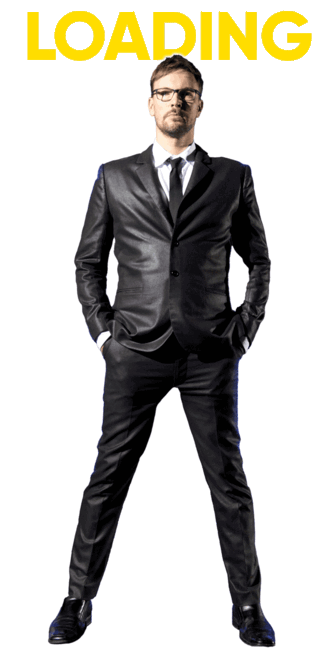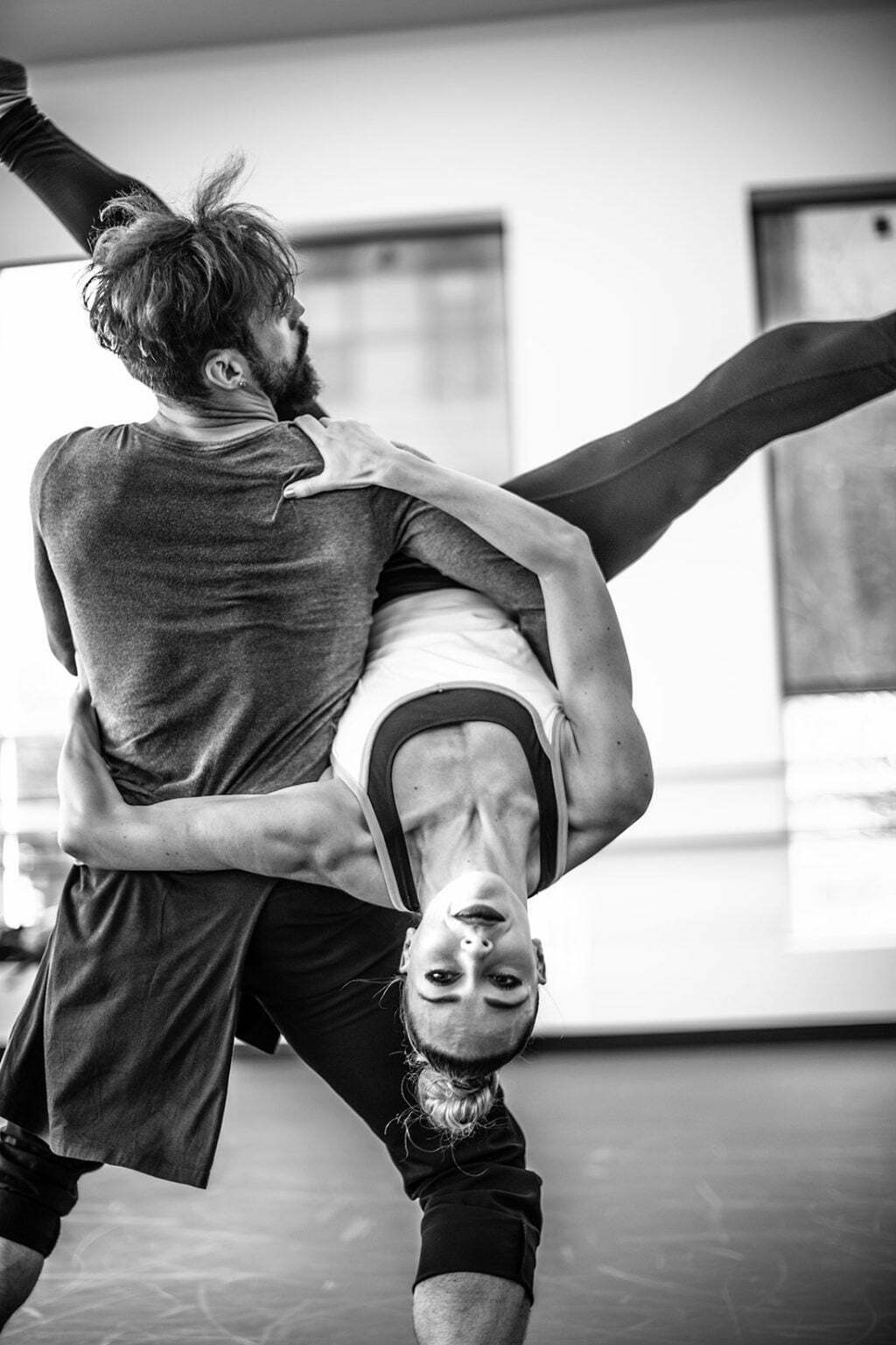 On the first day I was an hour early for rehearsal so I sat on the hallway floor and stared at the back of the door to the studio, waiting. The dancers were having class inside and the entrance vibrated from the pounding on the floor and the music…a tiger in a cage under a heavy blanket.
On the first day I was an hour early for rehearsal so I sat on the hallway floor and stared at the back of the door to the studio, waiting. The dancers were having class inside and the entrance vibrated from the pounding on the floor and the music…a tiger in a cage under a heavy blanket.
Stepping from this world to that is shocking at first. I have done it for long enough that I don’t even consider this complete shift that is about to happen and change the way I experience life until I’m in it, but then there I am, facing a doorway and I remember how different it is. How am I going to walk in there?

This past summer I went to the graduating performance of National Dance Institute, the children’s dance and performance program founded by legendary New York City Ballet Dancer Jacques d’Amboise. The show was moving throughout. There was a section where one class all sat on the floor and one by one, a single kid would stand up and recite a speech by an influential woman of history while the other students cheered them on. It began with some of the young girls speaking but then one of the boys stood up and recited a speech by Malala Yousafzai. He spoke with complete certainty in first person as a girl, following female with “me”. There was no embarrassment or diminishing or apologizing or joking. All of the kids in this class…girls AND boys were speaking with pride and a shared human experience through the voices of women. This is a position that women have always been asked to speak from as men, in that it is elevating to speak from the voice of an influential male, but for a man to appear through a woman’s voice is naturally an insult.
 I grew up a feminist so this disparity has always been loud and clear to me. The change right now in history is profound, that this whole class would be at the point where they express the truth of human equality and not be driven by a severely outdated perspective and false worldview. This made me think long and hard about what limitations I am not aware that I subscribe to in making dance based on if someone is male or female. I wondered what are the things that I just accept and have never questioned.
I grew up a feminist so this disparity has always been loud and clear to me. The change right now in history is profound, that this whole class would be at the point where they express the truth of human equality and not be driven by a severely outdated perspective and false worldview. This made me think long and hard about what limitations I am not aware that I subscribe to in making dance based on if someone is male or female. I wondered what are the things that I just accept and have never questioned.
I am so thankful to have been on the planet at the same time as Aretha Franklin that I thought I would try to make a choreography to honor her legacy now that she has passed. During many of her memorial video montages, they would play this clip of Dick Clark interviewing her as a young woman, listing her achievements. She sat quietly listening without much reaction, so he asked her, “am I embarrassing you?,” to which she replied with a direct and calm tone, “no, I’m not embarrassed.” He had thought of her as a demure, shy little girl, but she was in fact confidently accepting fully deserved accolades.
Aretha Franklin defied limitations of the human experience.
She was a woman, performer, activist, person of God, and human in ways that she created for herself and in turn paved the way for all people.
So here I am in the studio, looking to obliterate my own limitations. I had the sense immediately that the answer was not to tell the story of a lesson about equality, but rather to live out this change in culture. Meaning, not to show division transforming into equality, but rather to be in the same place of those kids at National Dance Institute. The 8 dancers are all playing women. Not a stretched, exaggerated camp of women, but the truest possible part of the woman in every person. I worked with these talented dancers as a group for most every moment of the choreography. Every dancer learned every part in the piece as I created it. I didn’t want to be seduced by idiosyncrasies of individuals that may or may not be informed by their gender. In creating duets, I had partners switch positions and learn the other part so I could work outside of the common male/female rhythms and weight balances I have come to rely on.

This process stayed true to that for about 80% of the piece, there are moments that I also wanted to call out aspects of gender, but all of it comes from how movement is handled and the dancers’ intent and thought process.
We spent the last day sharing our stories of women we identified with and what being a woman means. And the easy conclusion for this generation was that it was hard to come up with any absolutes. It was possible to love qualities that are commonly ascribed to women but it was equally possible to love qualities that are often attributed to men. And in the end, the path to living out the woman part of you is to live out the person you are.
Stepping through the door of the studio is a deep dive into the unknown. The unknown that lies within. Rooting around my own guts to see what is true for me that I did not know or could not be honest about before. I found that there were plenty of assumptions I had accepted about how men and women dance differently and had not had the clarity to see.
Aretha Franklin said, “I sing to the realists; people who accept it like it is.”
I think finding out what is is a lifelong process.










